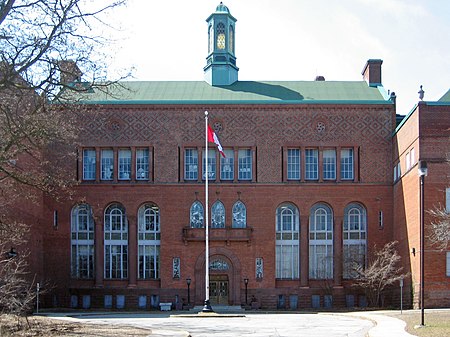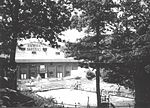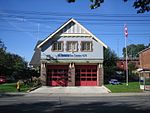Humberside Collegiate Institute

Humberside Collegiate Institute (also known as Humberside CI, HCI, or Humberside), formerly known as Toronto Junction High School and Toronto Junction Collegiate Institute is a public high school located in Toronto, Ontario, Canada. It serves the Bloor West Village, Baby Point, High Park North and Junction neighbourhoods. Prior to 1998, it was within the Toronto Board of Education (TBE).Humberside was established in 1892 and has an academic program for students in grades 9 through 12. In addition to the regular curriculum, the school has a strong music program, as well as an Extended French and French Immersion program. It is a non-semestered school, meaning that the students take all eight of their classes through the entire academic year (with the exception of Civics/Careers in grade ten which switches in January, and the "double math" program, which switches from Advanced Functions in January to Calculus and Vectors). The motto of the school is "Felix qui potuit rerum cognoscere causas", a Latin phrase from Virgil's work Georgics, meaning "Happy is the person who has been able to learn the reasons for things".
Excerpt from the Wikipedia article Humberside Collegiate Institute (License: CC BY-SA 3.0, Authors, Images).Humberside Collegiate Institute
Quebec Avenue, Toronto
Geographical coordinates (GPS) Address Nearby Places Show on map
Geographical coordinates (GPS)
| Latitude | Longitude |
|---|---|
| N 43.659943 ° | E -79.470677 ° |
Address
Quebec Avenue 280
M6P 2V3 Toronto
Ontario, Canada
Open on Google Maps








